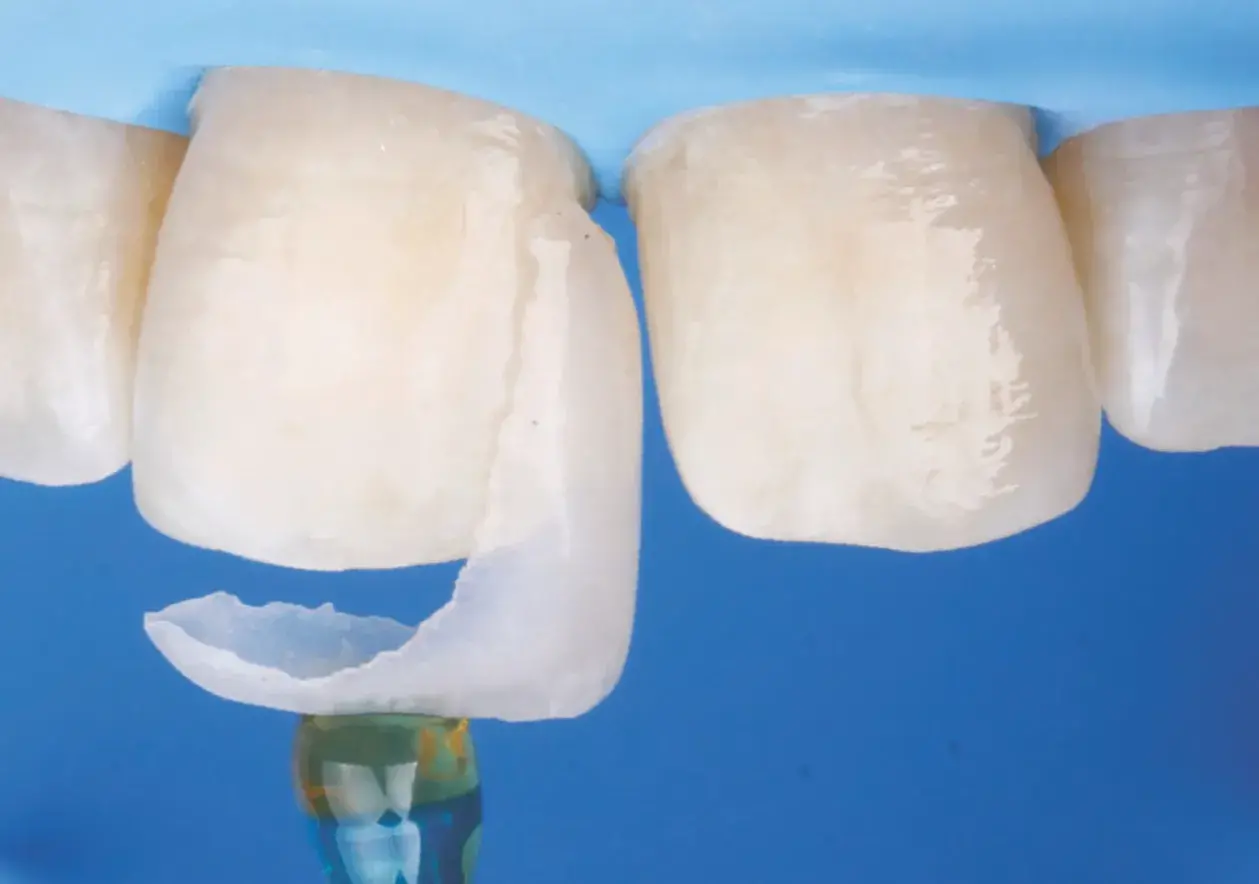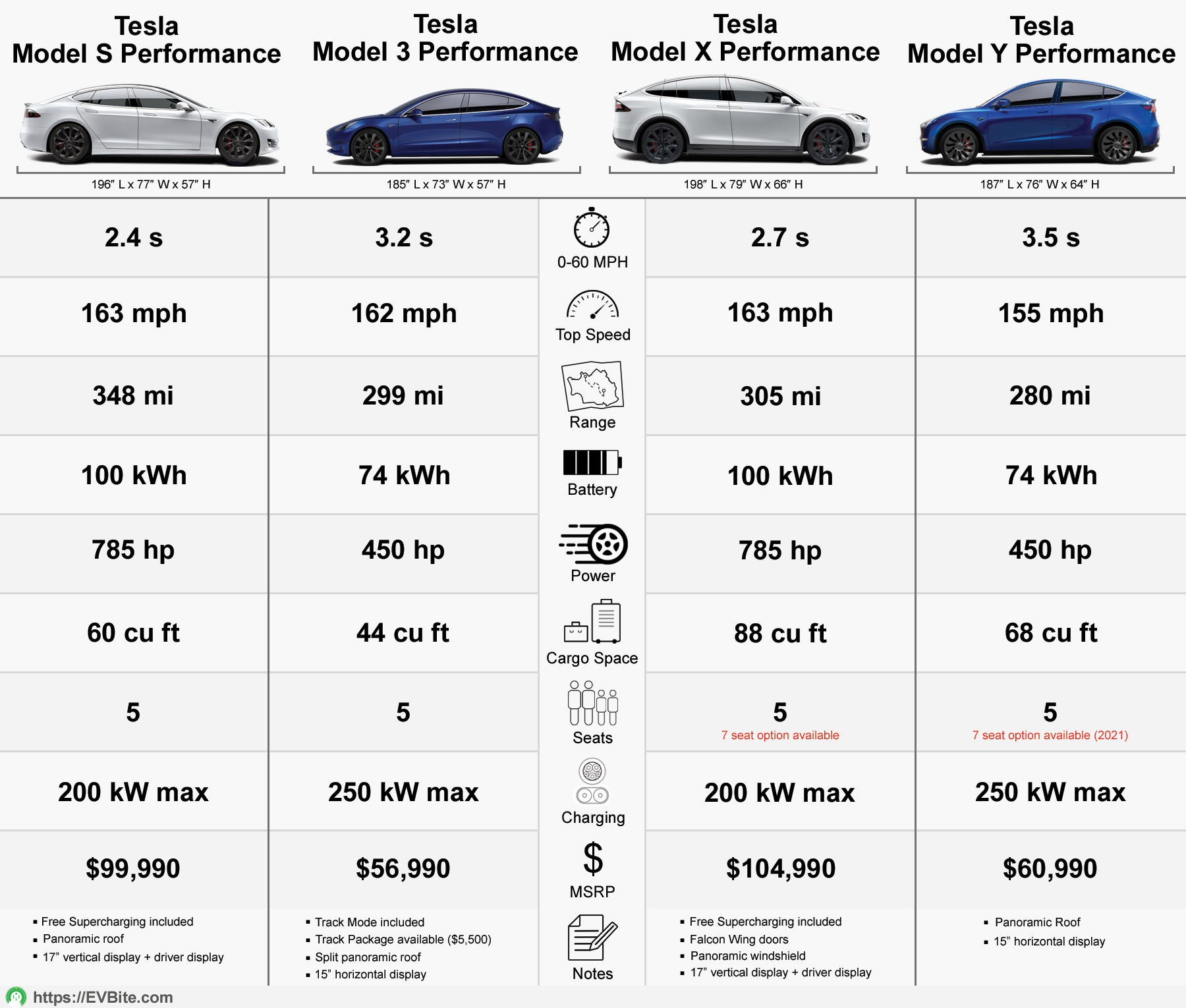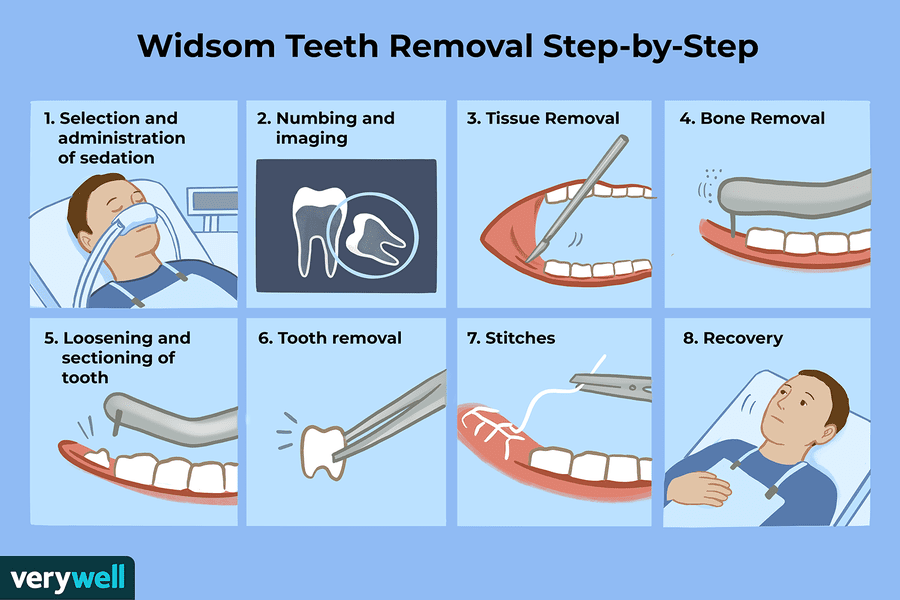This post is also available in:
简体中文 (Chinese (Simplified))
繁體中文 (Chinese (Traditional))

Understanding Minimally Invasive Dental Techniques
Minimally invasive dental surgery (MIDS) uses advanced techniques to treat dental problems while preserving as much natural tooth structure as possible. One common method is air abrasion, which removes decay by spraying fine particles instead of using a traditional drill. This reduces discomfort and keeps more of the healthy tooth intact.
Another key technique is remineralization, which helps restore minerals like calcium and phosphate to teeth. This process strengthens enamel and prevents further decay. Studies, such as those by Abou Neel EA et al. (2016), show that demineralization, or the loss of these minerals, is often caused by acidic foods, drinks, and bacteria in the mouth.
Dental sealants are another MIDS tool. These plastic coatings are applied to the chewing surfaces of molars and premolars, where food particles often get trapped. Sealants act as a barrier against bacteria, reducing the risk of cavities.
For patients who grind or clench their teeth, bite splints are a minimally invasive solution. These custom-made plastic devices fit over the upper teeth, protecting them from damage caused by grinding.
Inlays and onlays are conservative alternatives to traditional fillings. Made from durable materials like porcelain or composite resin, they fit precisely into the damaged area, preserving more of the natural tooth. Research by Ericson D et al. (2003) highlights the effectiveness of these techniques in maintaining tooth structure and improving longevity.
Benefits of Minimally Invasive Dental Surgery
MIDS offers several advantages over traditional dental procedures. One of the biggest benefits is the preservation of natural tooth structure. By removing only the damaged or decayed parts of the tooth, MIDS reduces the need for future repairs.
Patients also experience less pain and discomfort during and after MIDS procedures. Techniques like air abrasion and remineralization are gentler than drilling, leading to faster recovery times and less post-operative sensitivity.
Aesthetically, MIDS provides a more natural appearance. Materials like composite resin and porcelain blend seamlessly with natural teeth, making repairs virtually invisible.
Long-term, MIDS can save patients money. By addressing dental issues early and preserving tooth structure, it reduces the need for more extensive and costly treatments later. Studies, such as Brostek AM et al. (2006), support the cost-effectiveness of MIDS over time.
Insurance Considerations for Minimally Invasive Dental Surgery
Insurance coverage for MIDS varies depending on the procedure and the provider. Some plans may cover sealants or inlays, while others may classify certain treatments as elective, leading to higher out-of-pocket costs.
It’s important to review your insurance policy to understand what is covered. For example, preventive treatments like sealants are often fully covered, while more advanced procedures may require partial payment.
Dental savings plans can also help offset costs. These plans offer discounts on treatments not fully covered by insurance, making MIDS more affordable. Research by Hegde VS and Khatavkar RA (2010) highlights the financial benefits of these plans for patients seeking minimally invasive care.
To maximize insurance coverage, patients should discuss treatment options with their dentist and insurance provider. Understanding the details of your plan can help you make informed decisions about your dental care.
Future Trends in Minimally Invasive Dental Surgery
The future of MIDS looks promising, with emerging technologies and techniques set to improve patient outcomes. Digital dentistry, for example, uses 3D imaging and computer-aided design to enhance the precision of MIDS procedures.
Advancements in materials, such as stronger and more durable composites, will further improve the effectiveness of MIDS. Research by Ericson D (2007) suggests that these innovations will make MIDS even more efficient and long-lasting.
As preventive care gains more attention, MIDS will play a key role in maintaining oral health. Early detection and minimally invasive treatments can help patients avoid more serious dental issues down the line.
Ongoing research and development will continue to shape the future of MIDS, making it an increasingly popular choice for both patients and dentists.



